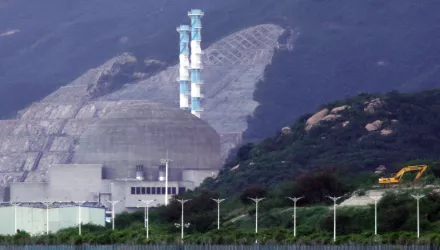Abstract
The global commitment to achieve net-zero greenhouse gas emissions requires reform of existing policies, the formulation of new policies, and concrete policy implementation in every country. This paper provides an early effort to examine the overall readiness of China’s 1+N climate policy package to achieve carbon neutrality before 2060 and to explore policy gaps. We use a mixed methods approach, combining a comprehensive policy inventory, an expert survey, and a system dynamics model to analyze the adequacy of China’s climate policies. Our findings reveal that China’s 1+N policy package will enable near-term carbon dioxide peaking and ultimately shift China toward full greenhouse gas (GHG) neutrality. However, the 1+N policies fall short of achieving full GHG neutrality across the whole economy due to a lack of stringency in some existing policies (i.e., stringency gaps) and some neglected sectors and areas in which policies are missing (i.e., coverage policy gaps). Meanwhile, the expert survey reveals concerns about implementation that exist for almost all policies (i.e., implementation gaps). We further discuss implications for how China could improve its 1+N policy package.
Zhang, Fang, Kelly Sims Gallagher, Minshu Deng, Hengrui Liu, Robbie Orvis and Xiaowei Xuan. “Assessing the Policy Gaps for Achieving China’s Carbon Neutrality Target.” Environmental Science and Technology, August 19, 2025
The full text of this publication is available via Environmental Science and Technology.







